9 Municipal Bond Funds for Tax-Free Income
Muni bonds serve up income that's free from federal (and sometimes state and local) taxes. Here are 9 top municipal bond funds to check out.


Anyone looking to tamp down their tax bill for next year need look no further than municipal bonds. They’ve been around for decades, but many people still aren’t familiar with this particular debt investment – as well as the municipal bond funds that hold them.
Municipal bonds deliver tax-advantaged income to investors at regular intervals. At a minimum, muni bond income is exempt from federal tax. Depending on where you live and where the bonds are issued, that income also might be clear of state and even local taxes.
If you’re a high-income earner, munis are for you, says Jim Barnes, Director of Fixed Income at Bryn Mawr Trust. “The primary way to determine whether muni bonds are a good or bad investment for an investor boils down to the investor’s marginal tax rate. A high marginal tax rate equates to a higher taxable equivalent yield when comparing different investment options,” he says. “The higher the marginal tax rate, the more appealing and advantageous the tax-free income becomes to the investor.”
Just how powerful is this tax exemption? For a household earning $200,000 per year (married, filing jointly, taxed at 24%), a municipal bond yielding 4% has a tax-equivalent yield of 5.26%. That means a $100,000 investment in munis will generate roughly $1,260 more annually in passive income than they’d get with a 4% yield from, say, corporate bonds or stocks.
Here are nine municipal bond funds that provide exposure to this tax-free income. There’s something for every type of fund preference: mutual funds, exchange-traded funds (ETFs) and closed-end funds (CEFs).
Data is as of April 8. Yields are SEC yields, which reflect the interest earned after deducting fund expenses for the most recent 30-day period and are a standard measure for bond and preferred-stock funds. Market value, yield and expenses provided by Morningstar.
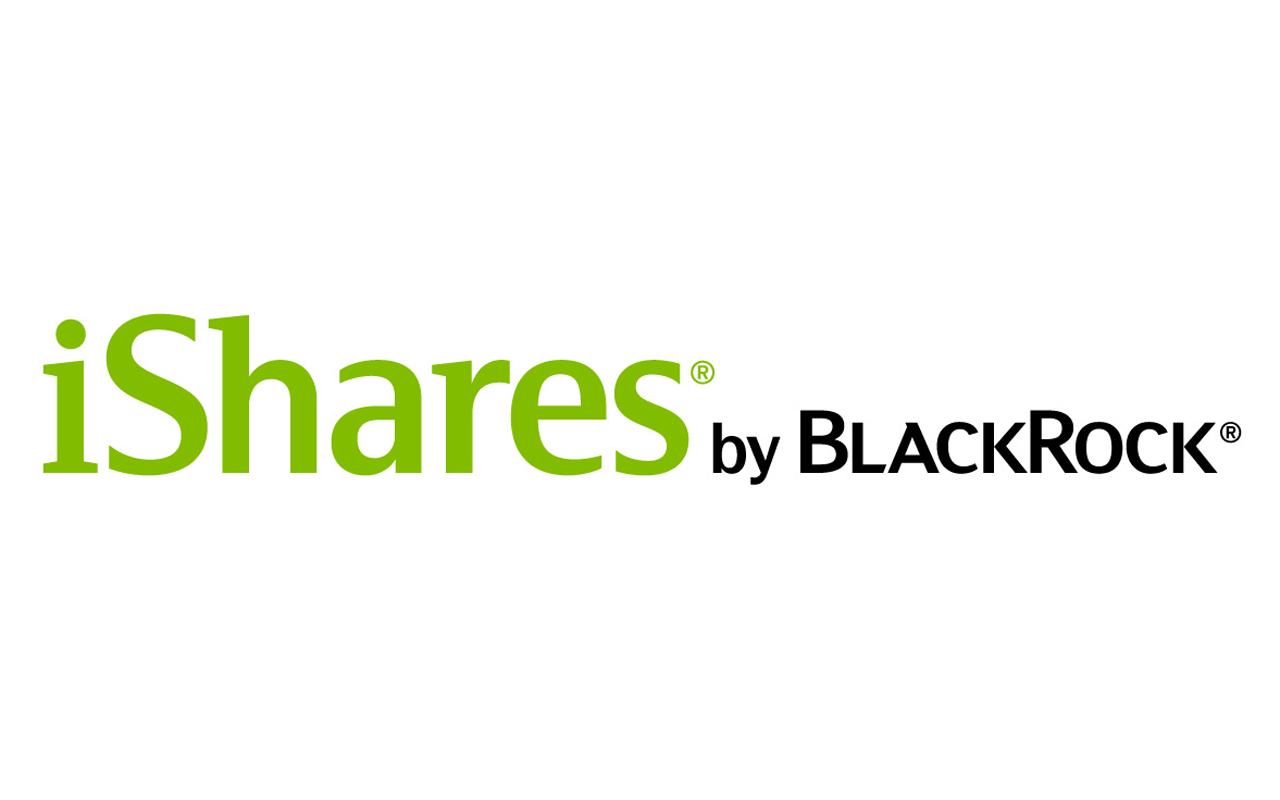
iShares National Muni Bond ETF
- Market value: $12.1 billion
- SEC yield: 2.2%
- Expense ratio: 0.07%
The iShares National Muni Bond ETF (MUB, $110.67) is the biggest municipal bond ETF out there at more than $12 billion in assets, and it’s also the cheapest at a mere 0.07% in annual expenses. It’s also one of the most liquid bond funds in the world, with average volume of nearly a million shares a day.
This index fund provides inexpensive access to a world of more than 3,700 municipal bonds across a wide range of maturities – everything from zero-to-three years to 25-plus years. Credit quality is strong, too, with all but about 6% of the fund invested in bonds rated A or higher.
The downside to an index fund, of course, is that there is no manager actively viewing the municipal bond space to exploit pockets of value and identify issues that the index might not screen out. But the heavy diversification of MUB does help to defray some risks, and the low fees allow you to keep more of your returns.
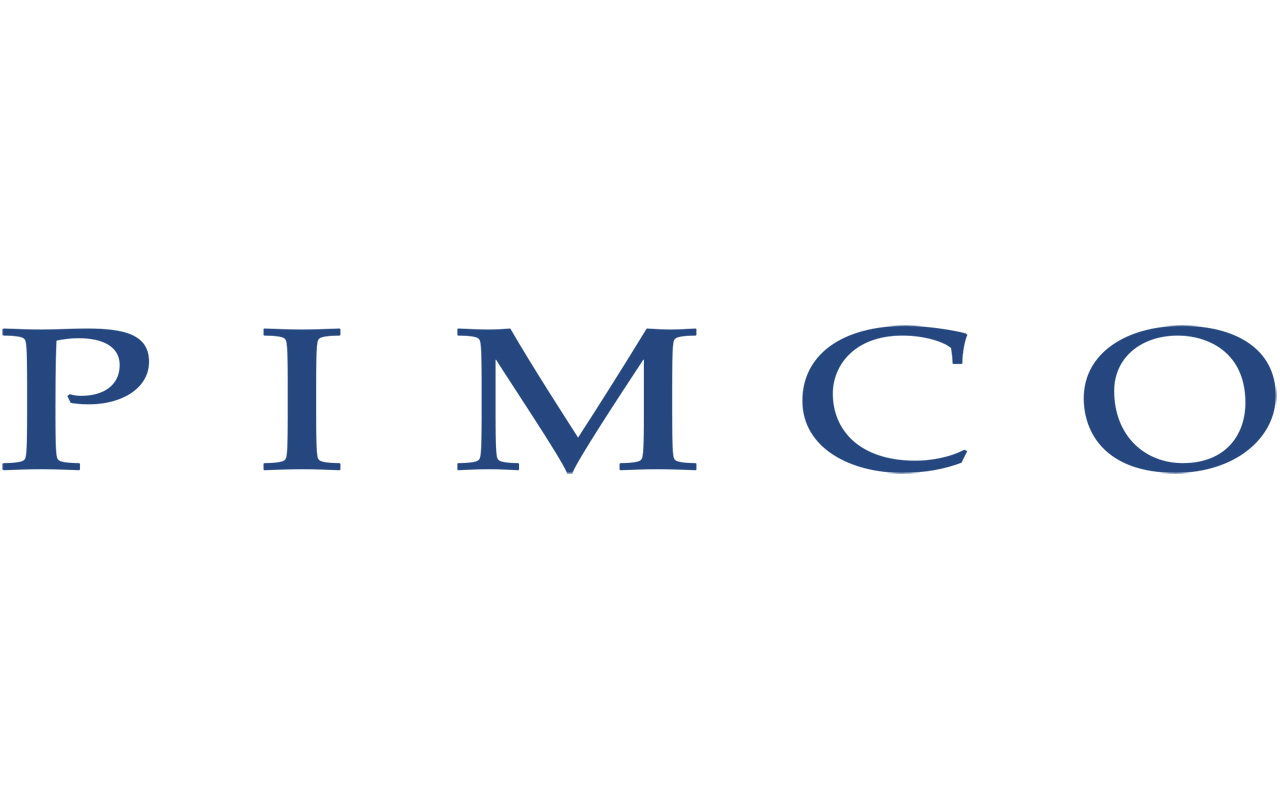
Pimco Intermediate Municipal Bond Active Exchange-Traded Fund
- Market value: $282.8 million
- SEC yield: 2.0%
- Expense ratio: 0.35%
The Pimco Intermediate Municipal Bond Active Exchange-Traded Fund (MUNI, $53.83) is a one-stop shop for muni bonds that offers a good tradeoff between yield and interest-rate risk. This ETF also provides you access to the great minds and scale of Pimco, and that’s a considerable perk.
Pimco, at nearly $1.7 trillion in assets under management as of the end of 2018, is one of the biggest bond players on earth. Why does that matter? Access. Pimco often is approached with bond issues before other market participants.
As for MUNI itself, this portfolio of roughly 150 holdings is heaviest in intermediate-term bonds (62% in maturities of five to 10 years), with almost all the rest in shorter-term bonds. That results in an effective duration – a measure of interest-rate sensitivity – of about five years. That implies that MUNI should fall about 5 percentage points should interest rates tick up 1 percentage point.
That duration is shorter than MUB’s by a little more than a year. The sacrifice: Just 20 basis points (a basis point is one one-hundredth of a percent) in yield.
The clincher is that MUNI, at 0.35% in annual expenses, is much cheaper than most Pimco products.
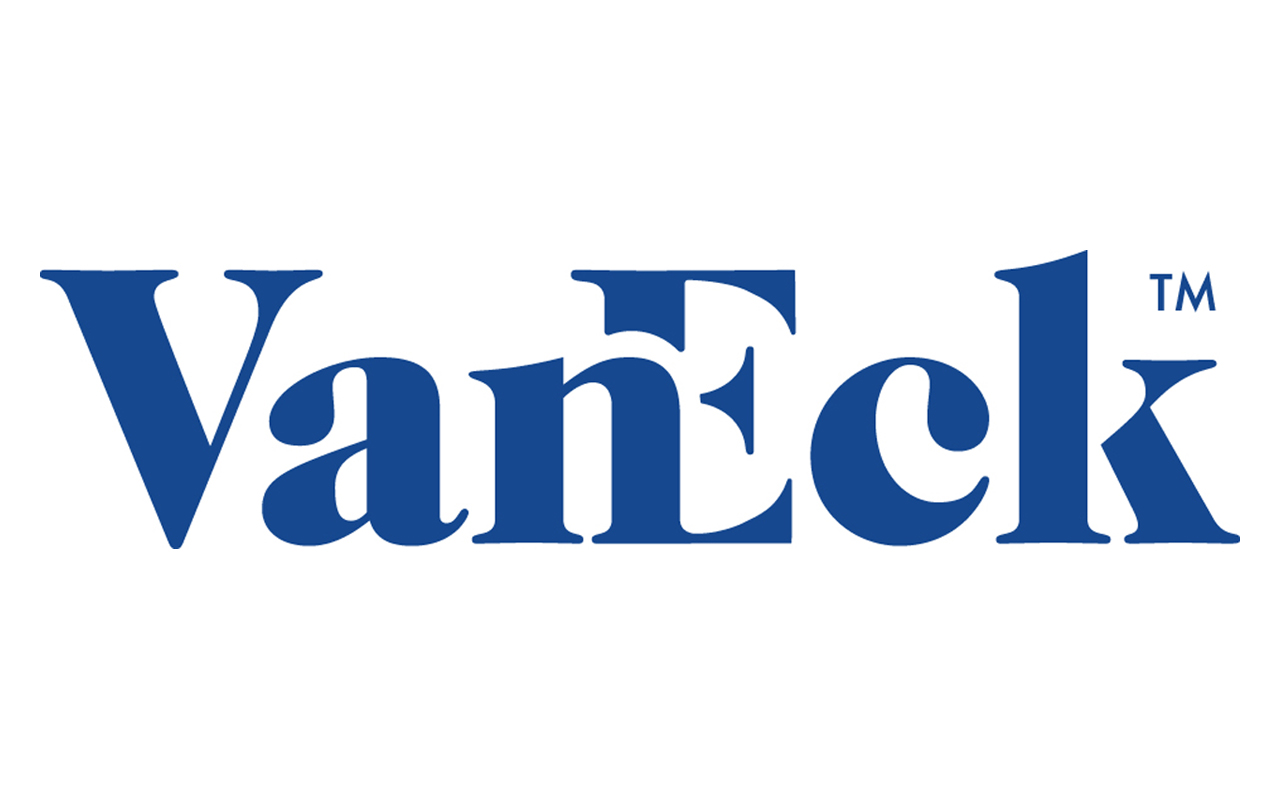
VanEck Vectors Short High-Yield Municipal ETF
- Market value: $190.8 million
- SEC yield: 3.1%
- Expense ratio: 0.35%
The VanEck Vectors Short High-Yield Municipal ETF (SHYD, $24.66) is an index fund that tries to deliver higher income without significantly higher risk. MUNI strikes its balance by accepting longer-dated bonds, but of a higher quality. SHYD is the opposite: It focuses on lower-quality muni bonds, but of shorter durations.
Consider that while 94% of MUB’s portfolio is rated A or higher, only 16% of SHYD’s roughly 550 holdings are eve in the A tier – none are AA or AAA. Meanwhile, 32% of its bonds are BBB-rated, which is the lowest tier of investment-grade debt. Everything else is either non-investment-grade BB, B or CCC (read: “junk”), or not rated at all. The silver lining? The vast majority of CCC-rated munis don’t actually default, so while they’re risky, they’re perhaps not as risky as they sound.
SHYD mitigates this risk somewhat by holding mostly intermediate- and shorter-term bonds – its effective duration is 4.4 years. But it’s still a risky product, which is why investors are being compensated with a nice yield above 3%.
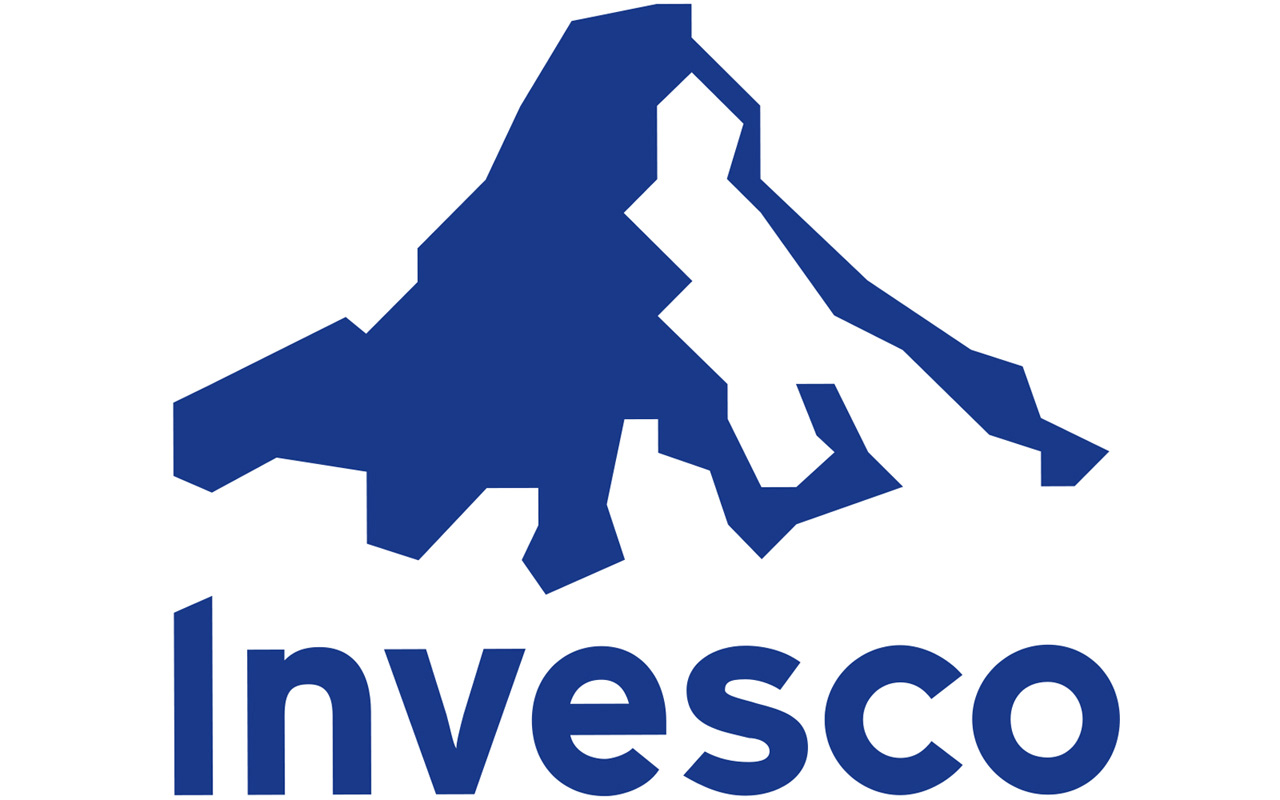
Invesco High Yield Municipal Fund
- Market value: $9.7 billion
- SEC yield: 3.3%
- Expense ratio: 1.06%*
- Minimum initial investment: $1,000
Many investors are faithful to low-cost index funds, and for good reason. But seasoned managers can make the most of the municipal bond market, digging for winners and pushing out underperforming munis.
“Credit quality in the municipal bond market on average is generally quite good, but credit analysis prior to a purchase is still very important,” Bryn Mawr Trust’s Jim Barnes says.
Invesco High Yield Municipal Fund (ACTHX, $10.05) invests in medium- and lower-grade municipal bonds, with a somewhat long duration of nearly nine years. Just 18% of its portfolio is invested in bonds rated A or better, 16% is in investment-grade BBB, 20% is junk-rated and the remainder isn’t rated at all.
ACTHX has a breathtaking track record. This fund has outperformed the Bloomberg Barclays Municipal Bond Index over every significant time frame, including an average annual return of 8.1% over the past decade that soundly beats the index’s 4.7%. Again, scale helps. Invesco, like Pimco, is massive at $225 billion in its fixed-income funds as of the end of 2018. With so much capital in play, bond issuers will seek out Invesco.
The tradeoff is a high fee of more than 1%, not to mention potential sales charges depending on things such as how much you invest and what share class you buy.
* Invesco High Yield Municipal Fund also charges a sales fee of up to 4.25% for its Class A shares. Sales charges can vary. Depending upon eligibility, you may be able to access other share classes that feature lower sales charges and/or annual expenses.
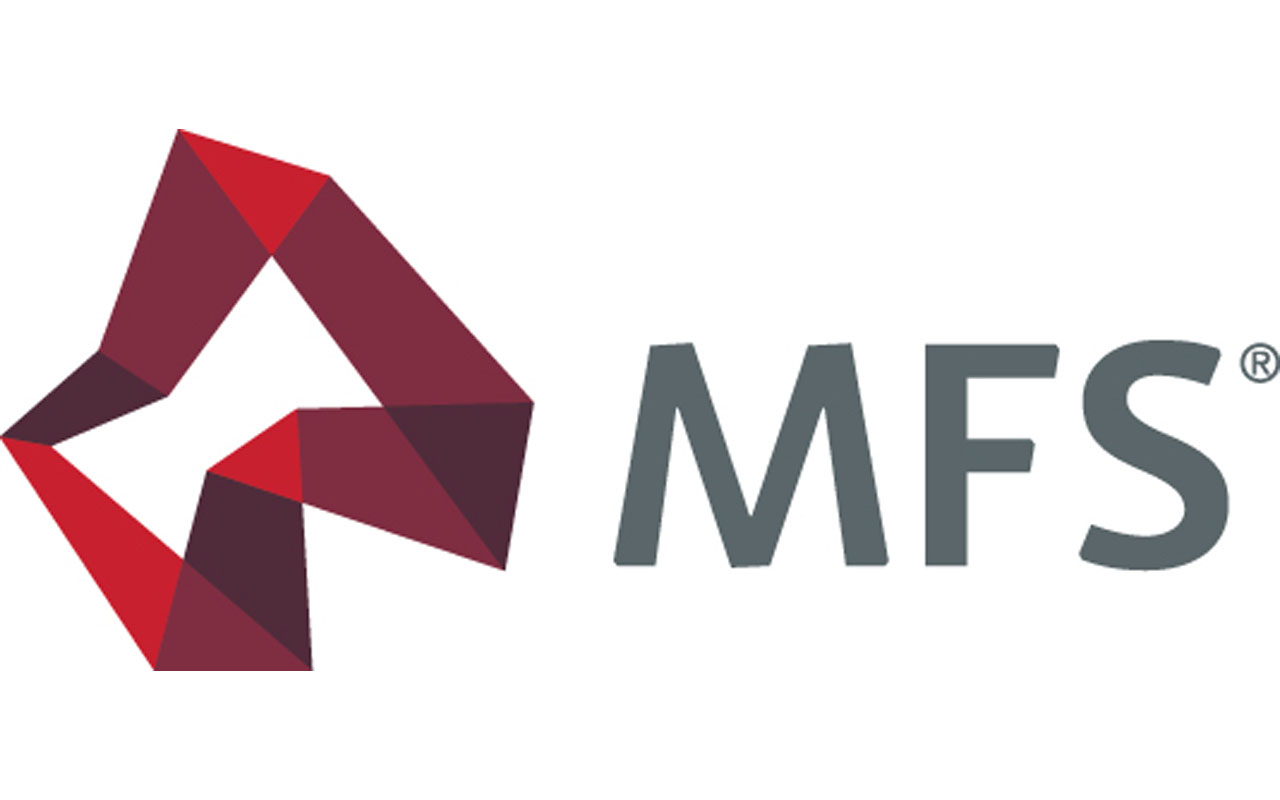
MFS Municipal High Income Fund
- Market value: $5.1 billion
- SEC yield: 3.1%
- Expense ratio: 0.66%*
- Minimum investment: $1,000
The MFS Municipal High Income Fund (MMHYX, $8.26) is another high-yield municipal bond fund that has a similar mandate and focus as ACTHX, similar duration (9.2 years) in its portfolio, as well as sales charges to consider. It does average slightly better credit quality, and it also has considerably cheaper annual expenses.
Lower expenses in similar products can translate into better returns in theory – but reality has been a little different. MMHYX has a lower expense ratio (0.66%) than ACTHX’s 1.06%. Lower expenses often translate into better returns, and that could translate into more money for you in the long term.
Theory, however, isn’t the same as reality. While MFS Municipal High Income has outperformed its benchmark too, it underperforms the costlier ACTHX across all significant time frames – by less than a percentage point in all cases, but it still trails.
MMHYX has enjoyed more than $2.6 billion in net inflows over the past decade, however, bringing the fund to more than $5 billion in assets. The bigger the fund gets, the better access it should have to high-quality muni bond issues, which should in turn improve performance.
* MFS Municipal High Income Fund also charges a sales fee of up to 4.25% for its Class A shares. Sales charges can vary. Depending upon eligibility, you may be able to access other share classes that feature lower sales charges and/or annual expenses.
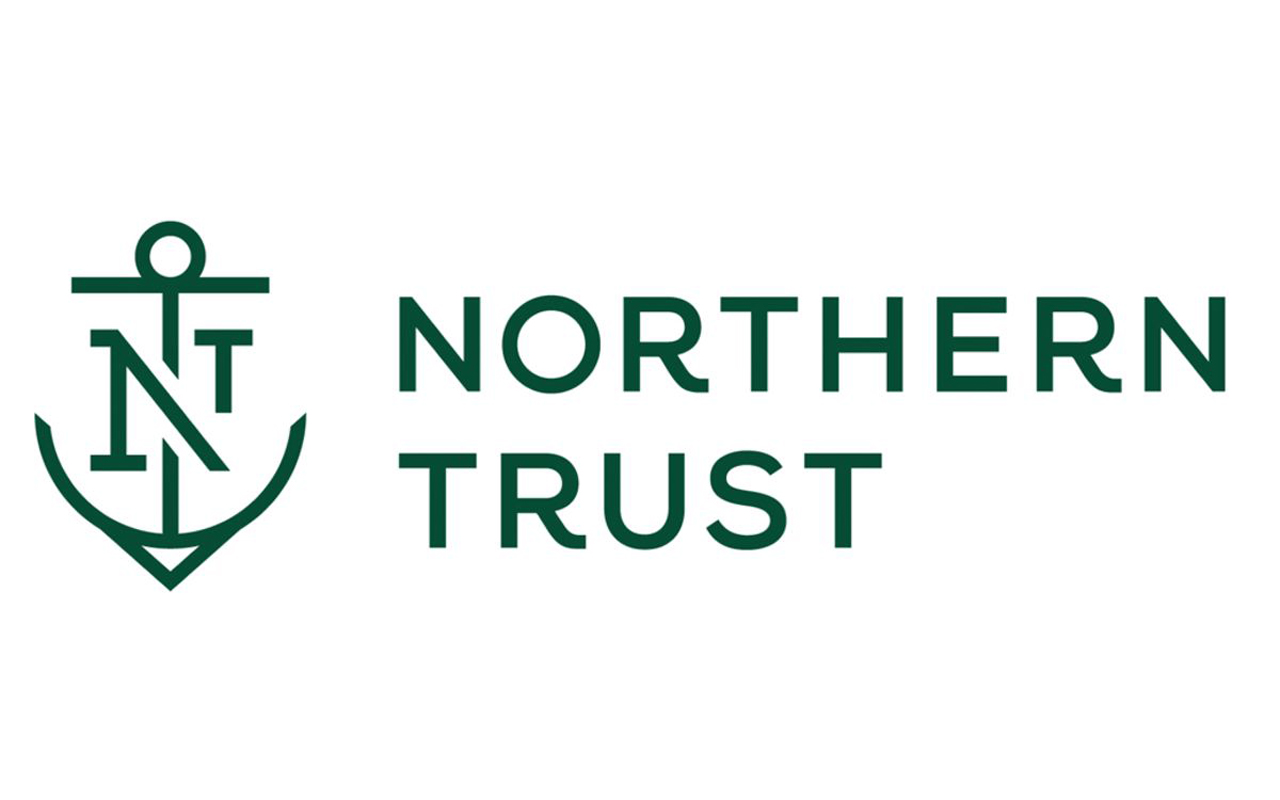
Northern High Yield Municipal Fund
- Market value: $446.3 million
- SEC yield: 3.7%
- Expense ratio: 0.60%
- Minimum initial investment: $2,500
The Northern High Yield Municipal Fund (NHYMX, $8.68) is one of the smaller municipal bond mutual funds out there. Like MFS’ fund, it offers a low expense ratio, and better still, it charges no sales load.
NHYMX does have a different focus, though – long-dated bonds (more than half the portfolio is in bonds maturing in 21 to 30 years; another 23% is in bonds maturing in 11 to 20 years) with decent credit quality. Almost two-thirds of the fund is invested in bonds on the lower side of investment-grade debt (A and BBB). The result is a reasonable duration of 4.7 years.
Northern High Yield Municipal has had a mixed track record including periods of over- and underperformance over the past decade. This fund, with its shorter duration, is best built to handle periods of increasing interest rates. Thus, NHYMX might not be ideal while the Federal Reserve is on pause, but should they resume their upward pressure on interest rates, this fund should be more in favor.
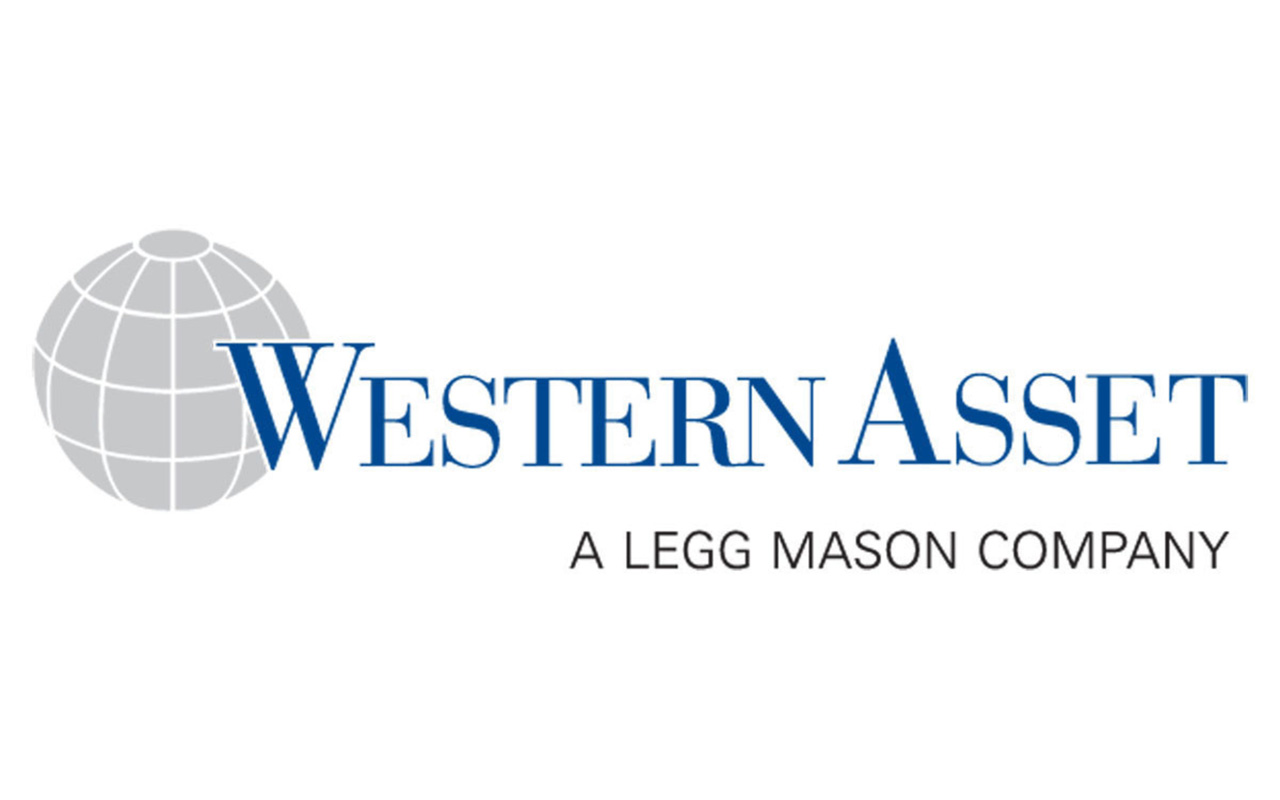
Western Asset Intermediate Municipal Fund
- Market value: $123.4 million
- Distribution rate: 3.8%
- Expense ratio: 1.76%
Western Asset Intermediate Municipal Fund (SBI, $8.76) is a closed-end fund – the least popular type of fund as far as assets go, but still an interesting option to gain exposure to municipal bonds.
This is a high-quality portfolio of roughly 170 municipal bonds that has 93% of its assets allocated to investment-grade debt. Nearly three-fourths of the portfolio is rated A or above. Most of the bonds are intermediate-term in length, too, and its effective duration is currently 6.4 years.
Yes, SBI charges a hefty 1.76% in annual expenses. However, investors are getting a deal on the fund right now. Closed-end funds can actually trade at significant premiums or discounts to their net asset value, and right now SBI trades at a 12%-plus discount to NAV. In short, that effectively means you’re buying Western Asset Intermediate Municipal’s holdings for 88 cents on the dollar.
SBI also can and does use “leverage” – essentially, taking out debt to further expose itself to certain assets with the goal of juicing returns.
One important note about CEFs: The “distribution rate” includes not just interest income from the municipal bonds, but other things such as capital gains. This means SBI’s monthly distribution isn’t entirely free of federal taxes, and the extent that it is will vary.
* Distribution rate can be a combination of dividends, interest income, realized capital gains and return of capital, and is an annualized reflection of the most recent payout. Distribution rate is a standard measure for CEFs.
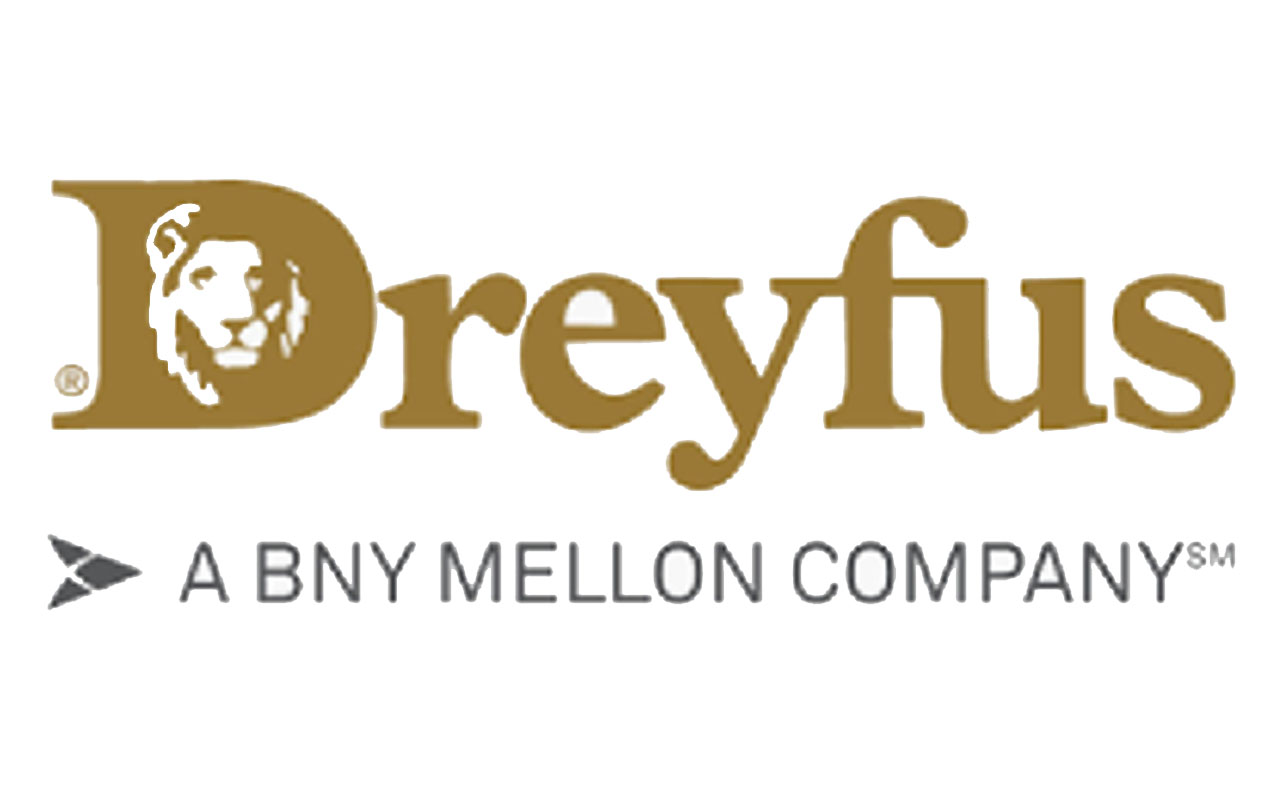
Dreyfus Municipal Bond Infrastructure Fund
- Market value: $238.0 million
- Distribution rate: 4.9%
- Expense ratio: 2.02%
Dreyfus Municipal Bond Infrastructure Fund (DMB, $12.95) is a closed-end fund that invests in, as you might have guessed, bonds designed to fund infrastructure projects. And demand for infrastructure has been quite strong as America has pulled its way out of the Great Recession.
DMB’s returns have crushed the Bloomberg Barclays muni index over all meaningful time frames since inception in 2013, including 8.8% annually on average over the past half-decade versus 3.6% for the index. That’s thanks in part to a large distribution rate that current yields 5%.
Another bonus: This CEF trades at a 7%-plus discount to NAV right now.
The one snag is cost. At 2.02%, it’s at the high end of expenses that you’ll pay for a municipal bond fund. But considering its track record and use of leverage to generate those returns, management is at least earning its keep.

Western Asset Municipal Partners Fund
- Market value: $139.9 million
- Distribution rate: 4.8%
- Expense ratio: 2.09%
Western Asset Municipal Partners Fund (MNP, $14.39) focuses on muni bonds tethered to things such as transportation, education, water and sewer, and health care. This is an extremely high-credit-quality fund with just 6% of its holdings in junk territory or unrated.
Like DMB, it sports a high distribution rate of nearly 5%. Just understand that as yields on bonds change thanks to fluctuations in the interest-rate environment, fund distributions can change, too; MNP’s payout has declined three times since the start of 2016.
However, MNP still sports a strong history of outperformance. It has outperformed the muni index by roughly 2 percentage points or more annually in the trailing five-, 10- and 15-year periods.
Also like DMB, this fund is extremely expensive – at least in annual fees.
But Western Asset Municipal Partners is cheap in one sense: It’s trading at a nearly 11% discount to the value of its assets.
Profit and prosper with the best of Kiplinger's advice on investing, taxes, retirement, personal finance and much more. Delivered daily. Enter your email in the box and click Sign Me Up.

-
 I'm want to give my 3 grandkids $5K each for Christmas.
I'm want to give my 3 grandkids $5K each for Christmas.You're comfortably retired and want to give your grandkids a big Christmas check, but their parents are worried they might spend it all. We ask the pros for help.
-
 If You're Not Doing Roth Conversions, You Need to Read This
If You're Not Doing Roth Conversions, You Need to Read ThisRoth conversions and other Roth strategies can be complex, but don't dismiss these tax planning tools outright. They could really work for you and your heirs.
-
 Could Traditional Retirement Expectations Be Killing Us?
Could Traditional Retirement Expectations Be Killing Us?A retirement psychologist makes the case: A fulfilling retirement begins with a blueprint for living, rather than simply the accumulation of a large nest egg.
-
 What Fed Rate Cuts Mean For Fixed-Income Investors
What Fed Rate Cuts Mean For Fixed-Income InvestorsThe Fed's rate-cutting campaign has the fixed-income market set for an encore of Q4 2024.
-
 The Most Tax-Friendly States for Investing in 2025 (Hint: There Are Two)
The Most Tax-Friendly States for Investing in 2025 (Hint: There Are Two)State Taxes Living in one of these places could lower your 2025 investment taxes — especially if you invest in real estate.
-
 The Final Countdown for Retirees with Investment Income
The Final Countdown for Retirees with Investment IncomeRetirement Tax Don’t assume Social Security withholding is enough. Some retirement income may require a quarterly estimated tax payment by the September 15 deadline.
-
 What to Do With Your Tax Refund: 6 Ways to Bring Growth
What to Do With Your Tax Refund: 6 Ways to Bring GrowthUse your 2024 tax refund to boost short-term or long-term financial goals by putting it in one of these six places.
-
 What Does Medicare Not Cover? Eight Things You Should Know
What Does Medicare Not Cover? Eight Things You Should KnowMedicare Part A and Part B leave gaps in your healthcare coverage. But Medicare Advantage has problems, too.
-
 15 Reasons You'll Regret an RV in Retirement
15 Reasons You'll Regret an RV in RetirementMaking Your Money Last Here's why you might regret an RV in retirement. RV-savvy retirees talk about the downsides of spending retirement in a motorhome, travel trailer, fifth wheel, or other recreational vehicle.
-
 The 24 Cheapest Places To Retire in the US
The 24 Cheapest Places To Retire in the USWhen you're trying to balance a fixed income with an enjoyable retirement, the cost of living is a crucial factor to consider. Is your city the best?
-
 The Six Best Places to Retire in New England
The Six Best Places to Retire in New Englandplaces to live Thinking about a move to New England for retirement? Here are the best places to land for quality of life, affordability and other criteria.
